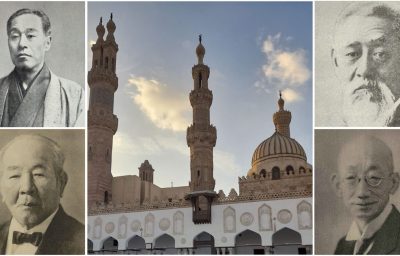COMMUNICATIONS
Greetings from the Outskirts of Kyoto vol.16

Shamisen player with maiko: From the Early Photographs of Japan Database. Nichibunken Collection.
Kyoto styles itself as a historical city, yet few of its traditional streetscapes remain. Most districts have been overrun by new buildings and contemporary commercialized housing.
To those who express disappointment at these developments, I often recommend a visit to the kagai areas where geisha and maiko live, in neighborhoods like Gion or Kamishichiken. In these areas, visitors can still see the elegant and refined streetscapes of old.
Nor is that all. Geisha and maiko stroll around the streets dressed in kimono. They have played the shamisen and danced traditional Japanese buyō. Maiko arrange their hair into traditional women’s hairstyles. The kagai are the only places where this way of life survives.
For those who are serious about studying Japanese culture, going to places like Gion is indispensable, even for native Japanese researchers. My own belief is that it is essential to maintain close coverage of the geisha and maiko. However, it is impossible to pay their fees with public funds. It also seems that the prevailing public opinion takes a dim view of researchers visiting the geisha districts.
To be honest, I am abandoning hope for the genuine practice of Japanese cultural studies.




